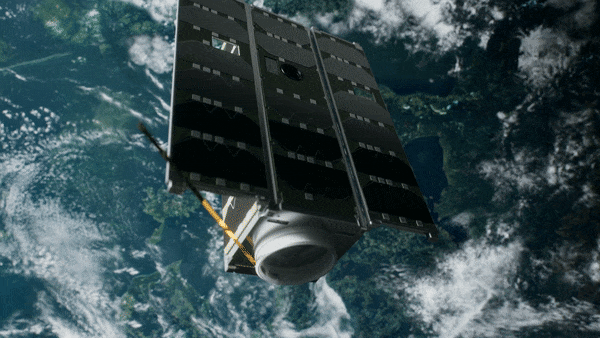
“As a volunteer student project, this IOD/IOV programme is ideal,” explains ESTCube-2 project manager Hans Teras. “It fits nicely with our timeline, including the testing we needed to be sure of our performance. Well over 600 university students across all study levels have played some role in making ESTCube-2 happen, but the mission as a whole is very ambitious, pushing the boundaries of what students can do.”
ESTCube-2 will fly a decade after its predecessor, ESTCube-1, which launched on a Vega in 2013. It too carried an E-sail payload from FMI, but a motor problem meant it failed to deploy.
ESTCube-2 is equipped with a stronger, more robust deploying motor that has undergone extensive mechanical testing.



